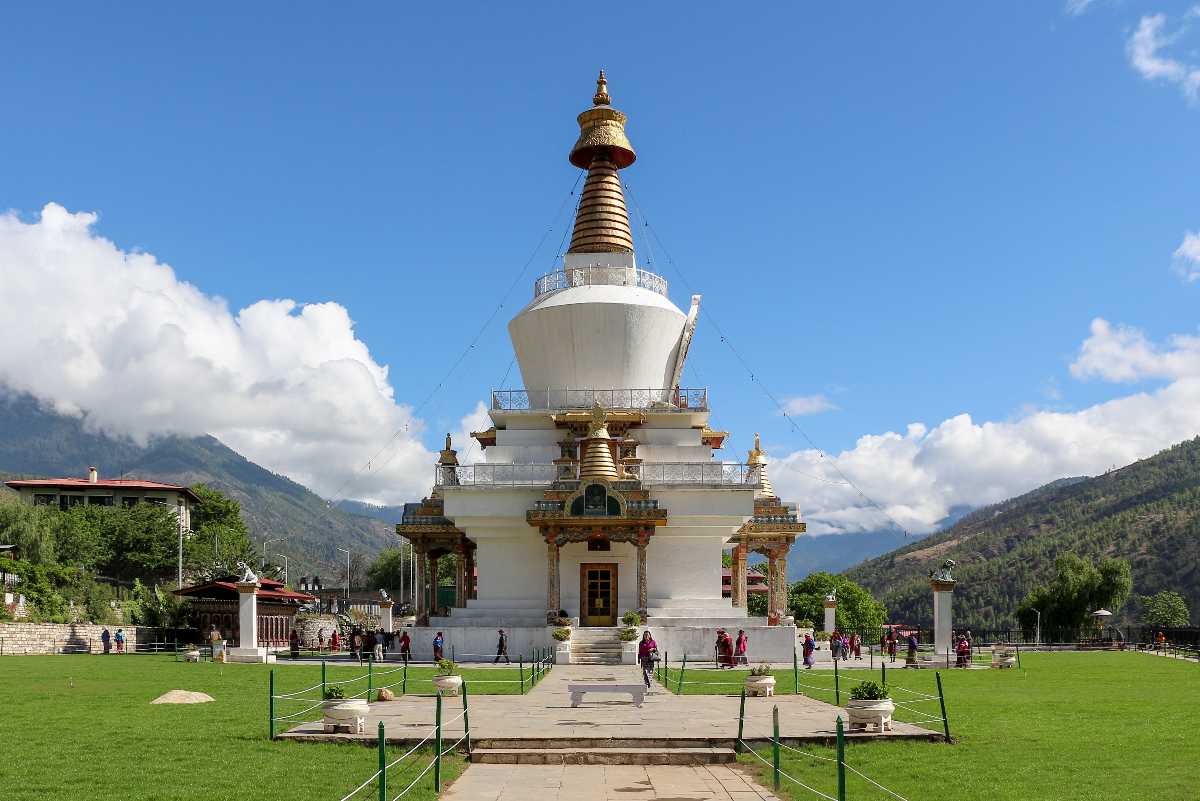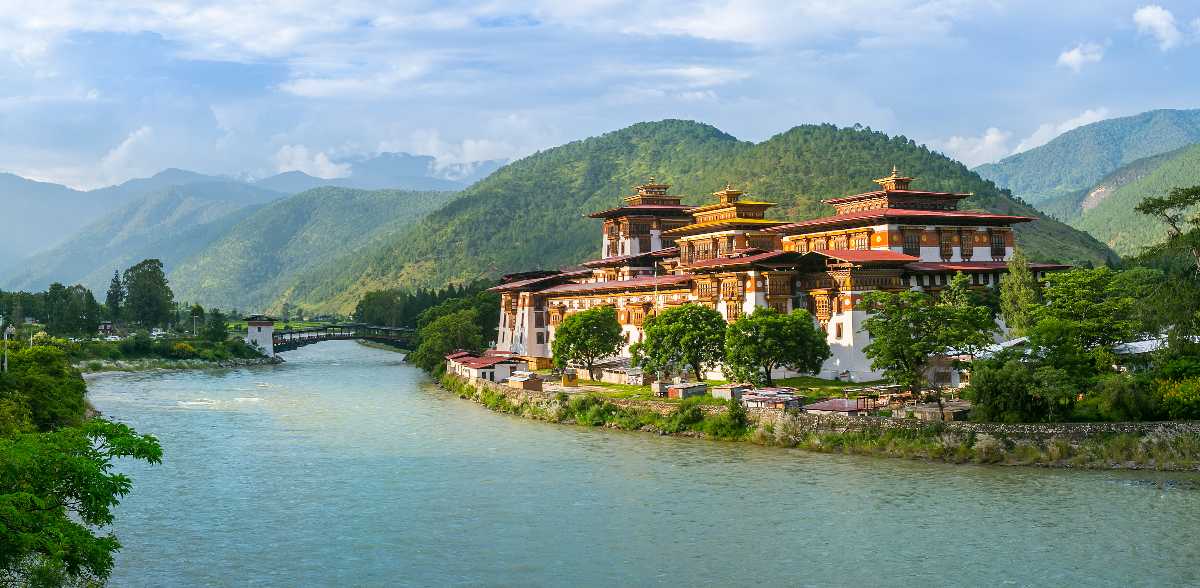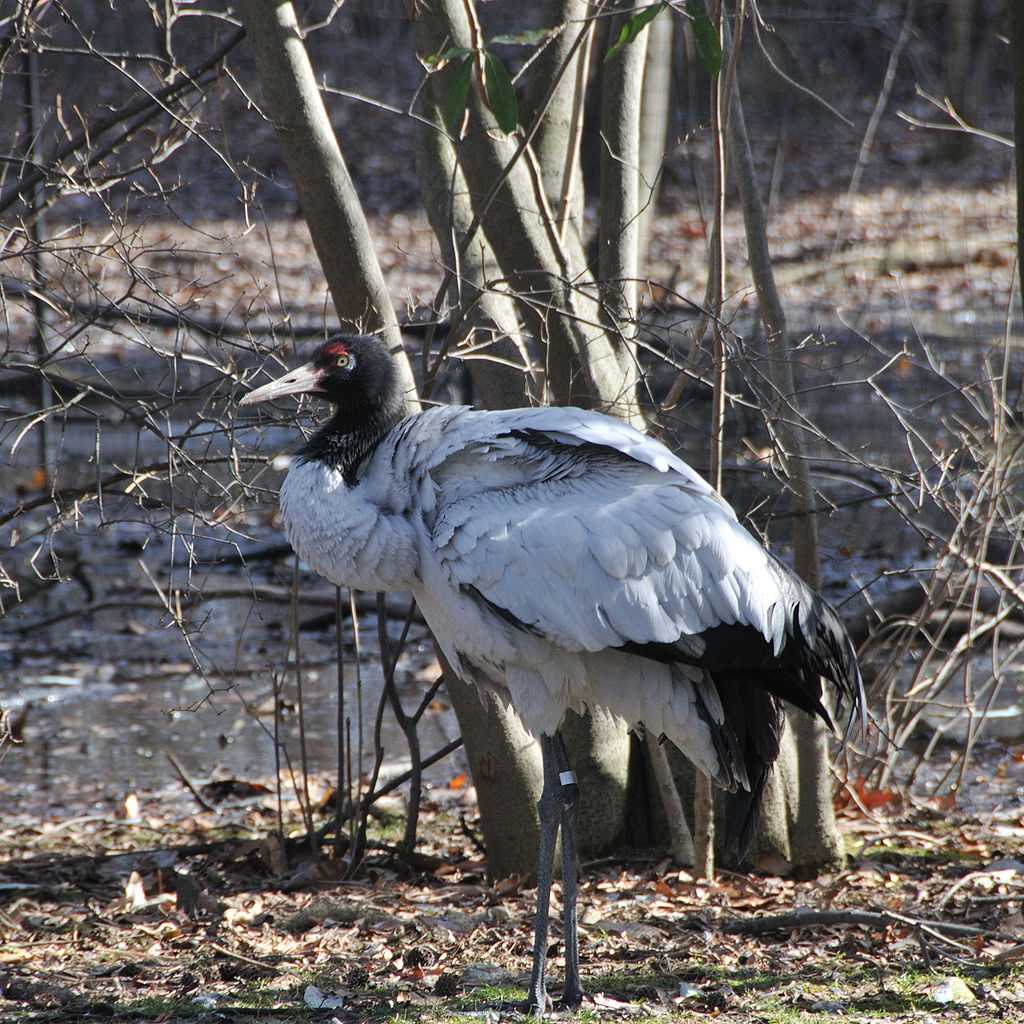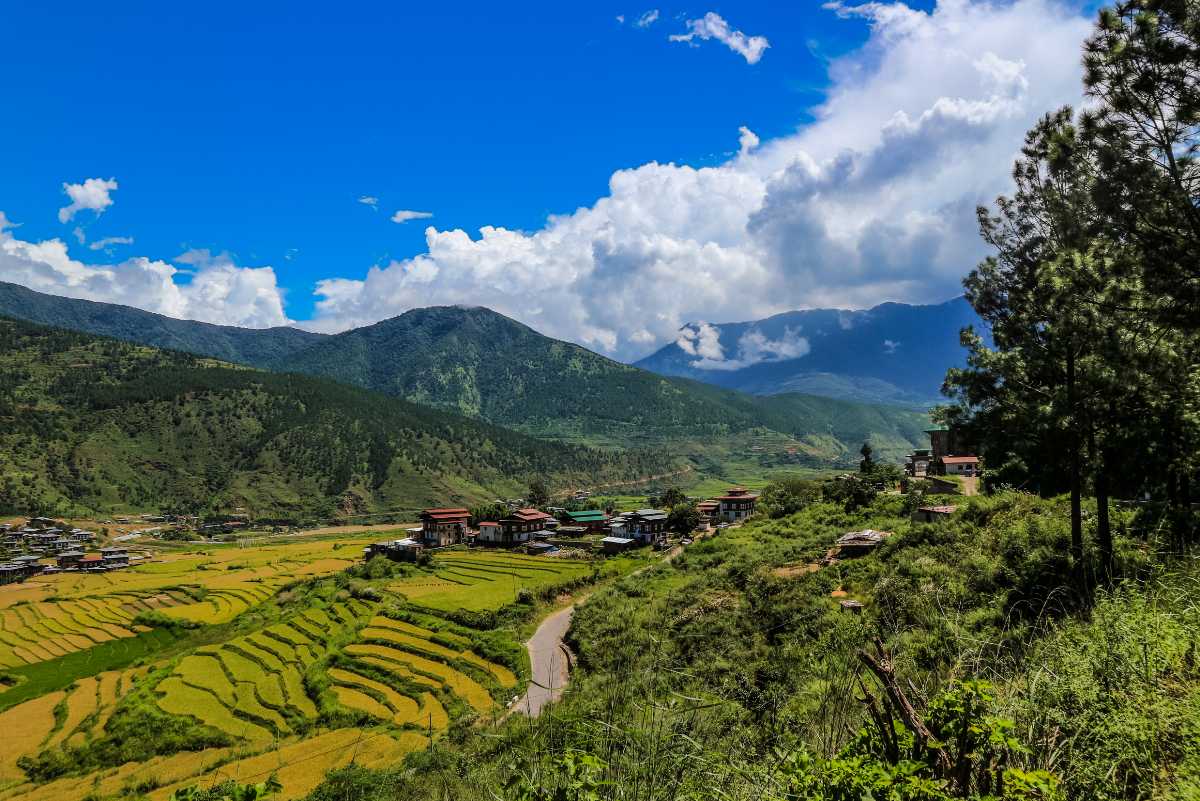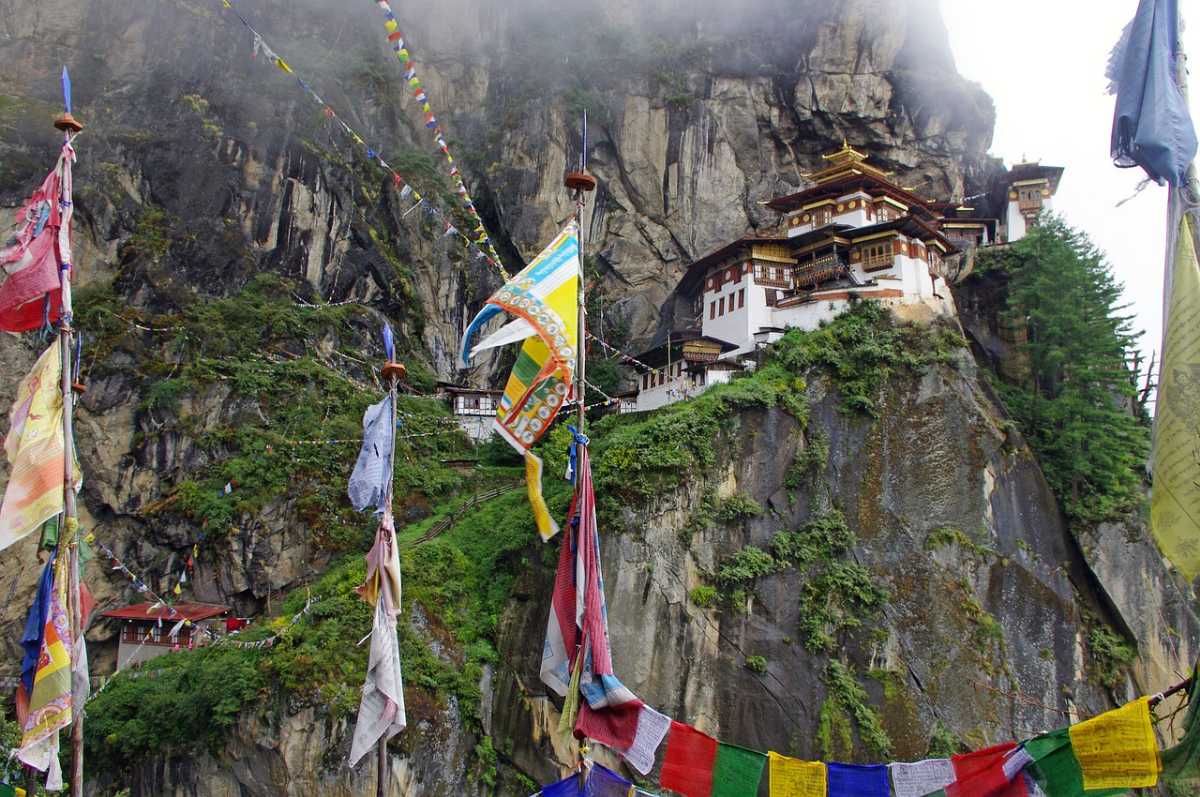Haa Valley is one of Bhutan’s hidden gems, offering a more tranquil and less frequented alternative to the popular Paro and Thimphu valleys. Nestled in the western part of the country, Haa Valley is known for its pristine landscapes, traditional Bhutanese culture, and serene environment.
Here are some highlights of exploring Haa Valley:
- Scenic Beauty: Haa Valley is renowned for its breathtaking natural scenery. The valley is surrounded by snow-capped mountains, lush forests, and pristine rivers. The landscape is particularly stunning during the spring when wildflowers bloom or in the fall with colorful foliage.
- Traditional Culture: The valley is home to traditional Bhutanese villages and offers a glimpse into the country’s rich cultural heritage. You can explore ancient temples, traditional homes, and experience local festivals.
- Haa Drukgyal Lhakhang: This historical temple is a significant site in Haa Valley. It was originally built in the 16th century by the first Shabdrung (spiritual leader) of Bhutan. The temple offers a unique insight into Bhutanese religious practices and architecture.
- Local Festivals: Haa Valley hosts several traditional festivals, such as the Haa Summer Festival, which showcases local customs, traditional dances, and crafts. Participating in these festivals provides a deeper understanding of Bhutanese culture.
- Outdoor Activities: The valley offers opportunities for hiking and nature walks. Trails such as the one leading to the serene Chelala Pass offer stunning views and a chance to experience Bhutan’s natural beauty up close.
- Haa Valley’s Unique Aspect: Unlike other parts of Bhutan, Haa Valley has a slightly different cultural flavor due to its geographical isolation. The local customs, dialects, and traditions here can differ from those in other regions of Bhutan.
- Access: Haa Valley is accessible via a scenic drive from Paro, crossing the Chelela Pass, which is one of the highest motorable passes in Bhutan. The drive itself offers spectacular views of the Himalayas and the surrounding countryside.
Haa Valley is one of Bhutan’s hidden gems, offering a more tranquil and less frequented alternative to the popular Paro and Thimphu valleys. Nestled in the western part of the country, Haa Valley is known for its pristine landscapes, traditional Bhutanese culture, and serene environment.
Here are some highlights of exploring Haa Valley:
- Scenic Beauty: Haa Valley is renowned for its breathtaking natural scenery. The valley is surrounded by snow-capped mountains, lush forests, and pristine rivers. The landscape is particularly stunning during the spring when wildflowers bloom or in the fall with colorful foliage.
- Traditional Culture: The valley is home to traditional Bhutanese villages and offers a glimpse into the country’s rich cultural heritage. You can explore ancient temples, traditional homes, and experience local festivals.
- Haa Drukgyal Lhakhang: This historical temple is a significant site in Haa Valley. It was originally built in the 16th century by the first Shabdrung (spiritual leader) of Bhutan. The temple offers a unique insight into Bhutanese religious practices and architecture.
- Local Festivals: Haa Valley hosts several traditional festivals, such as the Haa Summer Festival, which showcases local customs, traditional dances, and crafts. Participating in these festivals provides a deeper understanding of Bhutanese culture.
- Outdoor Activities: The valley offers opportunities for hiking and nature walks. Trails such as the one leading to the serene Chelala Pass offer stunning views and a chance to experience Bhutan’s natural beauty up close.
- Haa Valley’s Unique Aspect: Unlike other parts of Bhutan, Haa Valley has a slightly different cultural flavor due to its geographical isolation. The local customs, dialects, and traditions here can differ from those in other regions of Bhutan.
- Access: Haa Valley is accessible via a scenic drive from Paro, crossing the Chelela Pass, which is one of the highest motorable passes in Bhutan. The drive itself offers spectacular views of the Himalayas and the surrounding countryside.
